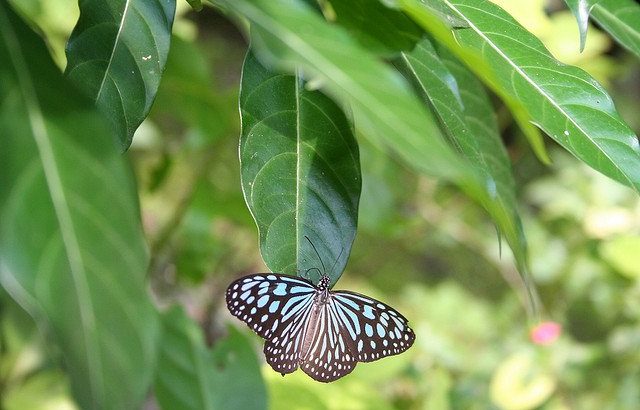Green Fingers
A recently published study from Germany is cause for great concern. It was a study of butterfly and diurnal moth species and was conducted in nature reserves over a 40-year period. It showed that of the 117 species recorded in 1840, just 71 could be found today. That is a 40% decrease. Butterflies and moths are widely used as model organisms; they indicate how well the ecosystem they live in is doing. If their numbers are declining, then the populations of mammals, birds, reptiles, fish and other insects are also declining.
The study also counted the total insect biomass and it showed that insect abundance has fallen by over 75% over the last 27 years, even higher in summer with 82%, when the insects should be at their peak. This means that insect biomass is falling by 60% per year.
A way for us to count insects is car windscreens and that has often been anecdotally used to suggest a major decline. Older people would tell you that in the not too distant past they had to stop on journeys to clean insects off the windscreen.
In Ireland, the Department of Environment’s red list of Irish butterflies, which details species, shows that of the 33 resident and regular migrant species of Irish butterflies, 18% are in danger of extinction, 15% near threatened, one species – the Mountain Ringlet – is extinct, six species are endangered and five species are near threatened.
The reason for the decline remains uncertain. Climate change is unlikely as warmer climates are more favourable for insects, therefore it should have led to an increase in populations. The more likely causes are modern large-scale agriculture, habitat loss/fragmentation and pesticides.
Large fields with only one crop growing is of no use to most wildlife, it’s barren. Fertilisers change the biology of soils and plants.
Habitat loss/fragmentation is where there is less space for wildlife and what there is left is too fragmental to make any difference. Pesticides kill insects indiscriminately.
As gardeners, we must do our bit to stop and reverse this downward spiral. The single easiest way to add wildlife value to your garden is to have a pond. The size of your garden is no obstacle. It can be a large or small pond, a tub, a large pot or even an upside-down dustbin lid, in an out-of-the-way place will do.
The majority of insects need water at some stage of their life cycle. If your garden has a wet area, turn this into a bog garden, even a damp shaded area can be turned into a marsh garden. Leave a log pile of dead wood in a shady spot. Don’t be too tidy. Allow wildflowers (weeds) to grow in your lawn, allow a patch of grass to grow long and wild. It will eventually turn into a wildflower meadow.
Even the smallest garden can make a difference.


 Paul Gargan
Paul Gargan